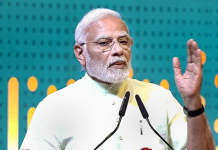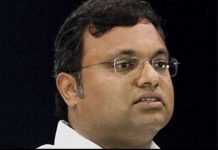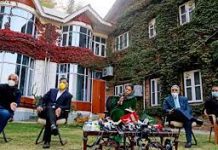
THE STORY of Al Kuber — the shipping trawler in which the heavily-armed men who attacked Mumbai travelled from Karachi to Mumbai — tells the story of India’s security apparatus in so many ways. It was one of the estimated 50,000 trawlers registered in Maharashtra and Gujarat — an awesome number, the Navy Chief Admiral Sureesh Mehta now tells us. Yet, it was only one of those 50,000 trawlers that came back to shore — Porbandar in this case — on November 13 and sailed out soon after. Its captain, Amar Sinh Solanki, was a happy man that day. He had been out on the high seas for a fortnight — as most fishing trawlers are wont to do — and had come back with 1,000 kilograms of fish. Enough for the captain or ‘Tendel’ as captains are referred to, to rest a few days with his families.
The possibility of an attack from the sea has been a matter of record since 2006
But quite unlike all the other 50,000 trawlers, Al Kuber set sail again on November 14. This should have alerted the coastal authorities’ but Kuber sailed on. When Solanki set sail aboard Kuber on November 14, he was not alone. Another trawler, Ma, with Jeevabhai Hardasbhai as its tendel, too sailed out of Porbandar. The two navigated the waters side-by-side for two days and kept in touch over VHF radio sets for at least ‘seven sunsets’. Investigators who have spoken to Hardasbhai know that he had harboured Ma on a safe shore due to choppy weather, nine days after leaving Porbandar and are now trying to find out if Kuber merely strayed into Pakistani waters or whether Solanki — whose dead body was found in the engine room — deliberately steered the vessel there.

Solanki, in all probability, steered the trawler deeper into Pakistani territory because the GPS (now being examined by investigators) has two directions logged into it: Mumbai to Karachi and Karachi to Mumbai. Investigators reveal that Kuber traveled along the coast in its onward journey and returned via the high seas. But this is hindsight. The question that the internal security network needs to ask is — why was there no alert when Kuber went missing. Neither Ma’s tendel, nor Solanki himself, called for help.













